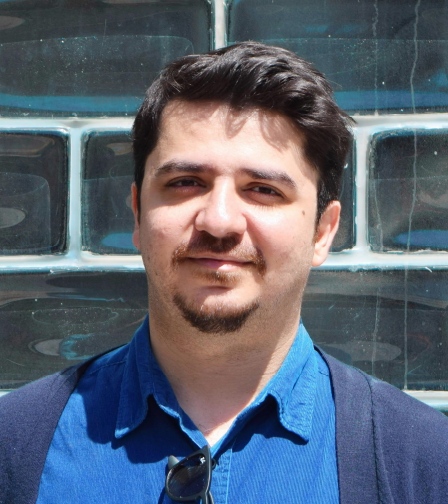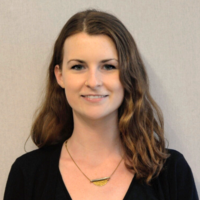ON-DEMAND WEBCAST
Leveraging LEED Design Strategies for WELL: Thermal Comfort, Light, Water and Sound
For full access, sign up now for LEEDuser Premium
Firm or campus members – click here »Already a premium member? Log in now
How do you demonstrate both environmental and health performance in a meaningful way?
USGBC and IWBI are increasing the alignment between their programs. Knowing how to leverage each in a mutually beneficial way is the key to driving successful integration of a dual certification approach.
LEEDuser’s expert guests, Mohammad Abbasi and Maeve Donohue of WSP, explain how LEED and WELL mesh—and how they don’t. Get armed with a series of ‘credit-feature crosswalks’ that synthesize the consistencies and highlight the key differences between LEED and WELL requirements related to thermal comfort, light, water, and sound.
CEUs available.

Mohammad Abbasi
Mohammad Abbasi is a building performance analyst at WSP. He has a Bachelor of Architecture from the University of Art in Tehran and a Master’s in Architecture from the Illinois Institute of Technology. He is skilled in energy modelling software like eQuest and IES as well as enclosure simulation software. Mohammad is a LEED AP, certified Passive House Consultant, RESET AP, and a WELL AP. With knowledge in different aspects of sustainable architecture—from healthy materials to air quality to energy analysis—his goal is to help architects establish an integrative design process to achieve their sustainability goals.

Maeve Dononhue
Maeve Donohue is a green building consultant with hands-on experience managing achievement of building certifications related to sustainability and health & wellness. She helps clients reach their environmental and carbon goals for new development projects and also supports strategy work related to city permitting, for example, aligning design and construction practices with Boston's path to carbon neutrality.
